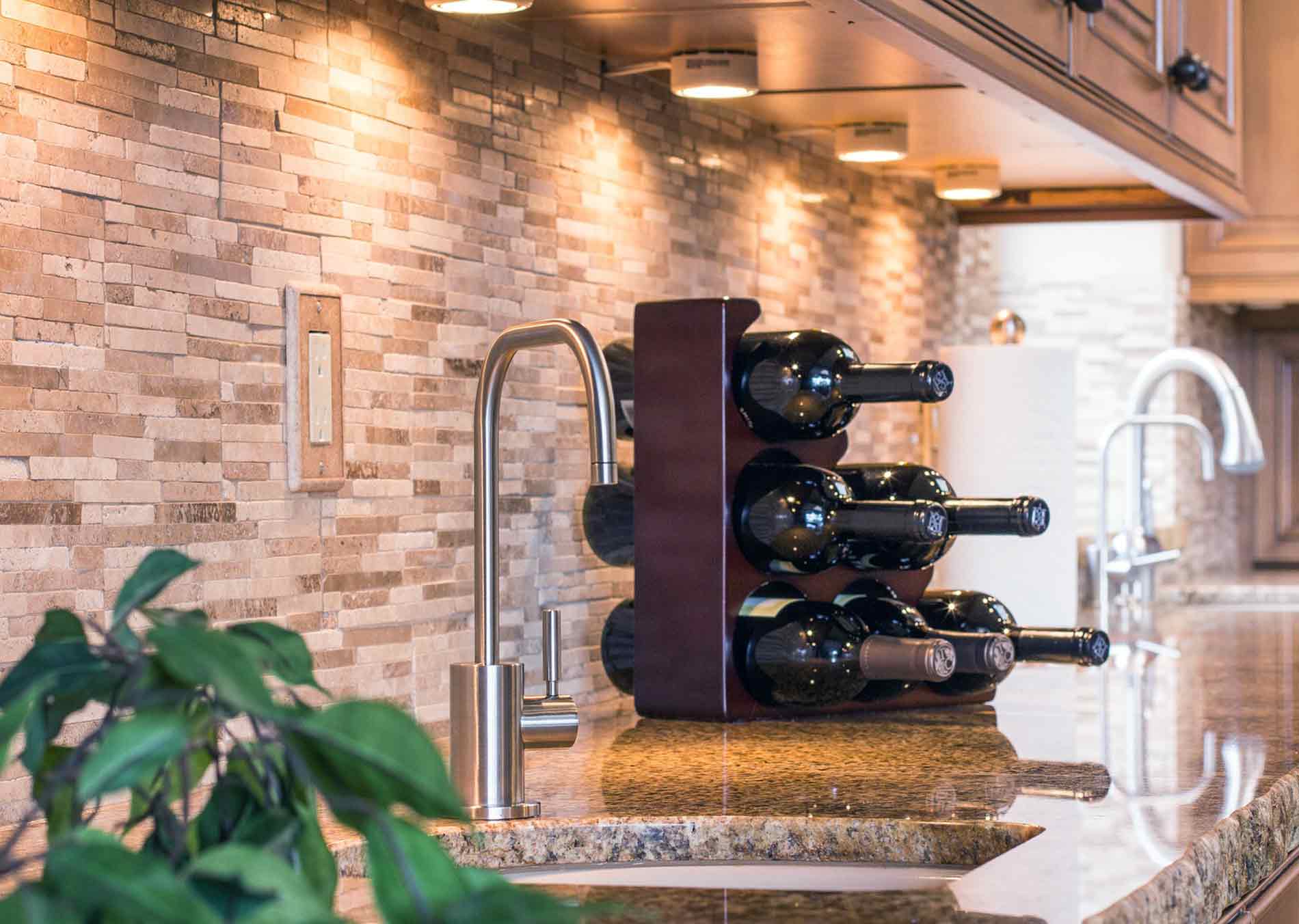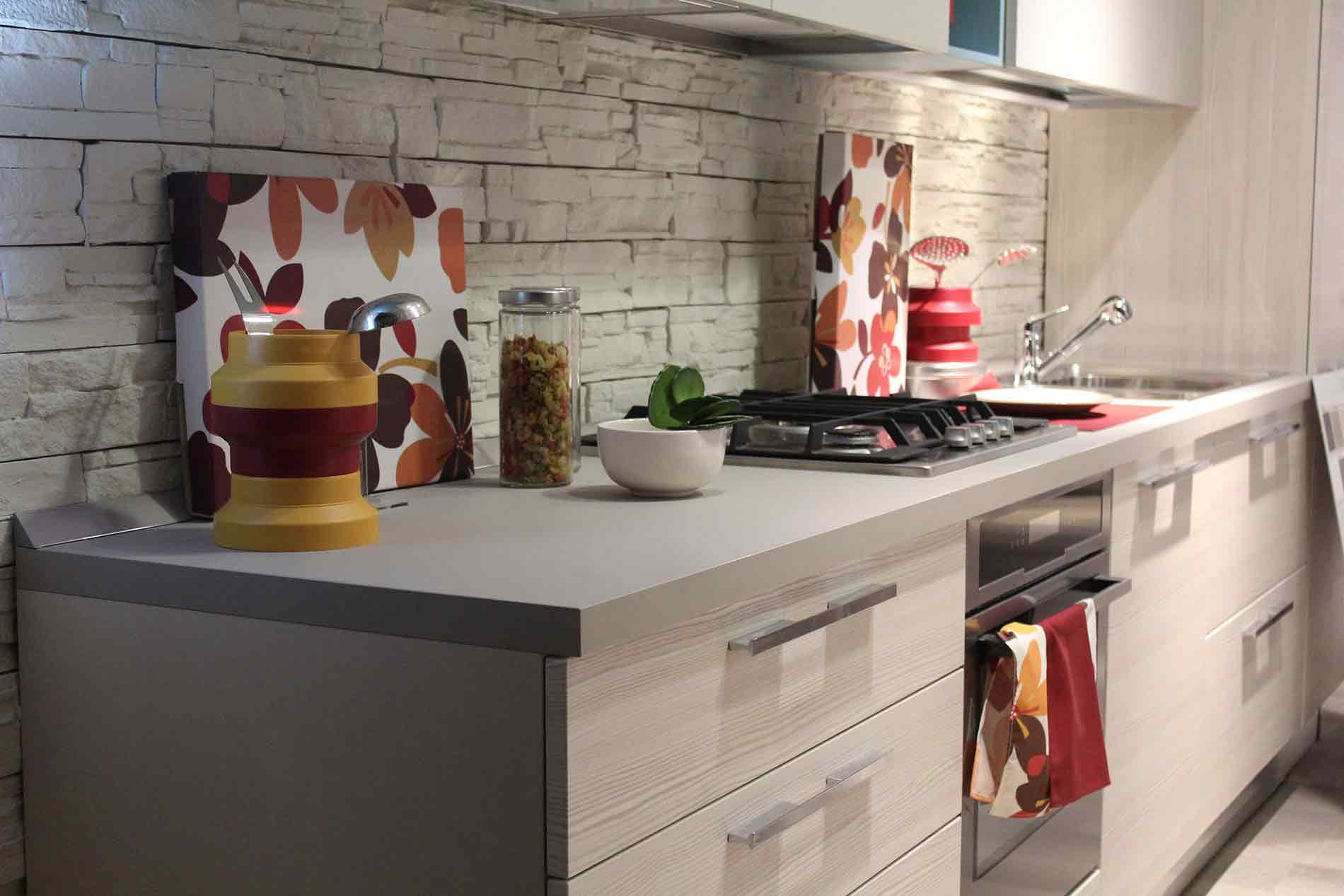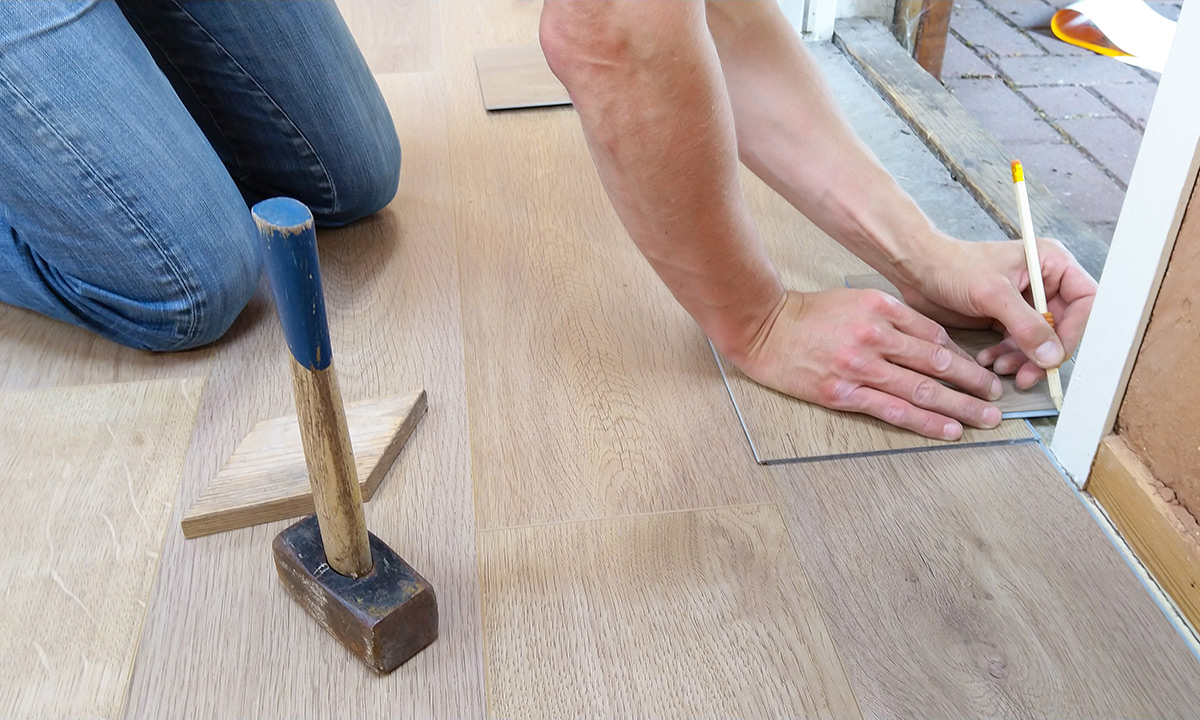November 13, 2019
Ceramic tile has been around for centuries. Its durability, ability to be cleaned easily and seemingly limitless color choices and styles has led it to remain one of the most popular flooring choices in the world.
Ceramic tile fits into one of two major categories depending on how it’s made. Quarry tile is created by either extruding or press forming and then firing natural clay or shale. All other types of ceramic tile are made by compacting and firing clay dust. Any ceramic tile may be glazed or unglazed, with the exception of quarry tile.

Quarry tile has its roots in brick making.
Quarry Tile
By definition, quarry tile is unglazed. It is manufactured from clay and fired in a manner similar to the way bricks are made. Unlike bricks, however, quarry tile is baked in kilns at temperatures exceeding 2,000 degrees Fahrenheit. The combination of minerals used and high firing temperature makes quarry tile super hard and virtually impenetrable. Its non-slip properties make it great in any location where people may encounter moisture, such as kitchens, baths and entryways.
Uses:
- Wet areas: kitchens, bathrooms and entryways
- High-traffic locations
- Decorative backsplashes
- Interior and exterior walkways

Porcelain is extremely durable but expensive to install.
Porcelain Tile
Porcelain is stronger, harder and more water-resistant than other types of ceramic tile. These characteristics are achieved by firing clay with very fine particles at an extremely high temperature. Porcelain’s density and impact-resistance makes it great for high-traffic areas. Its non-porous properties also lends to it being a good choice for moisture-prone locations. Precise cuts can be difficult to make due to porcelain being exceptionally heavy and durable. As a result, installation can be time-consuming and costly.
Uses:
- Wet areas: kitchens, bathrooms and entryways
- High-traffic locations
- Countertops
- Businesses

With its small size, mosaic tile has lots of different uses.
Mosaic Tile
Mosaic tile is typically two inches or less across. It’s created from a variety of clay types. During the manufacturing process, color pigment is added to the mixture so the shade is consistent throughout the entire tile. The result is a rich hue which is nearly impossible to wear out. Mosaic tile is moisture resistant and does not chip easily, making it perfect for commercial applications, such as public restrooms.
Uses:
- Kitchen backsplashes
- Shower walls
- Bathroom floors
- Decorative applications


